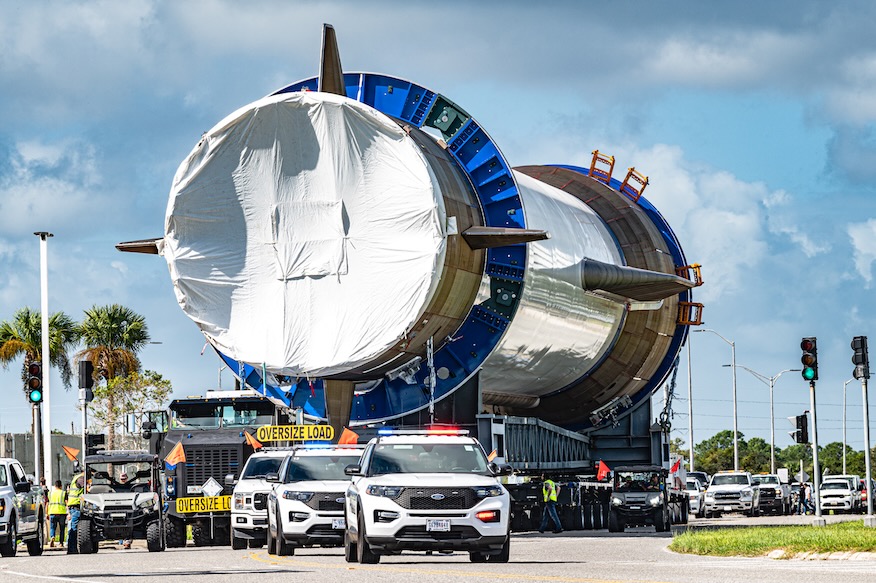
Blue Origin is one step closer to its second ever launch of its New Glenn rocket. On Wednesday morning, teams rolled the 189-foot-tall (57.5 m) booster from its faculties at Rocket Park near the Kennedy Space Center Visitor Complex to begin its journey out to Launch Complex 36 at Cape Canaveral Space Force Station.
The company announced that the rocket was on the move around 8:30 a.m. EDT (1230 UTC) as it was simultaneously launching six space tourists on a suborbital New Shepard launch from West Texas.
The booster, named ‘Never Tell Me the Odds,’ a nod to the famous line from Star Wars, will be used during the upcoming launch of NASA’s Mars-bound Escape and Plasma Acceleration and Dynamics Explorers (EscaPADE) mission. A specific date for that hasn’t been announced, but it’s likely in early November.
The twin satellites, named ‘Blue’ and ‘Gold,’ were shipped from Rocket Lab’s facilities in Long Beach, California, to Florida in September for final processing ahead of the upcoming launch. The EscaPADE mission was originally planned for the inaugural flight of New Glenn, but that changed when it was clear that the rocket wasn’t going to be ready for a launch in October 2024.
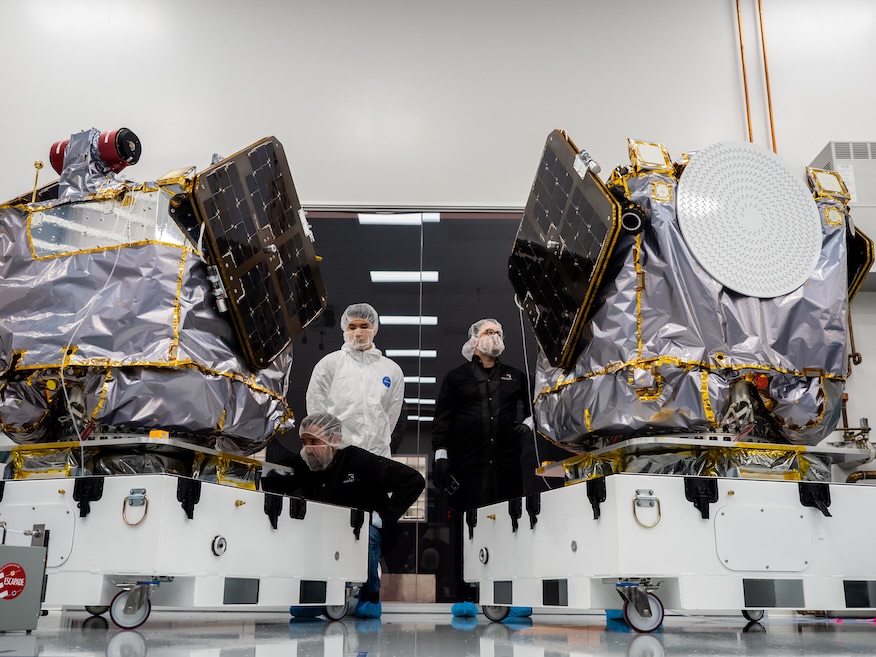
The EscaPADE mission, also referred to as New Glenn 2 or NG-2, comes about ten months after the inaugural flight of New Glenn in January, which carried a demonstration of the company’s Blue Ring. Future version of that spacecraft will be capable of hosting and deploying multiple payloads and performing orbital maneuvers as needed.
During the 2025 International Astronautical Congress (IAC) in Sydney, Australia, last week, Pat Remias, Blue Origin’s vice president of space systems development said they “fully intend” to recover the booster during the upcoming flight.
Like SpaceX, Blue Origin is also using a marine vessel designed as a landing pad for the first stage boosters. Blue Origin attempted to land its first booster, ‘So You’re Telling Me There’s A Chance,’ on the vessel called ‘Jacklyn,’ but was unsuccessful.
“The final mishap report identified the proximate cause of the mishap as an inability of New Glenn’s first stage to restart the engines, preventing a reentry burn from occurring, and resulting in the loss of the stage,” the Federal Aviation Administration said following the closing of the Blue Origin-led mishap investigation in late March.
“Blue Origin identified seven corrective actions to prevent reoccurrence of the event. The FAA will verify that Blue Origin implements corrective actions prior to the launch of the New Glenn-2 mission.”
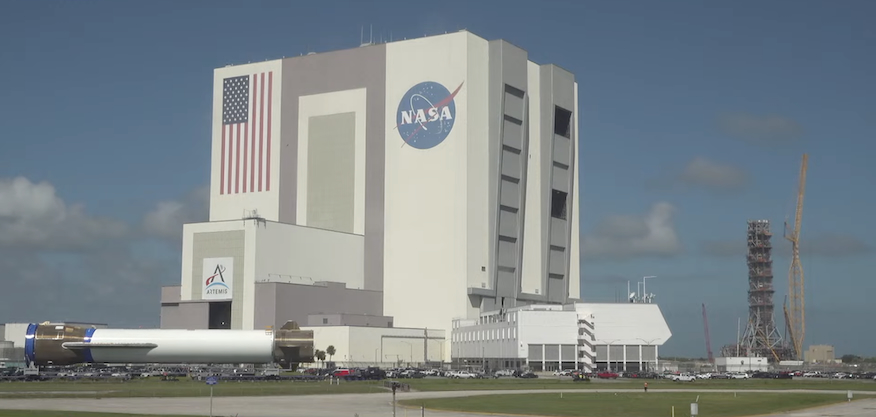
Blue Origin is putting a lot of faith into its ability to land this next booster. During the IAC, Remias said if it’s successfully recovered, Blue Origin will fly it on its third mission, which will carry the first Blue Moon Mark 1, an uncrewed lunar lander.
“We will use that first stage on the next New Glenn launch,” Remias said. “That is the intent. We’re pretty confident this time.”
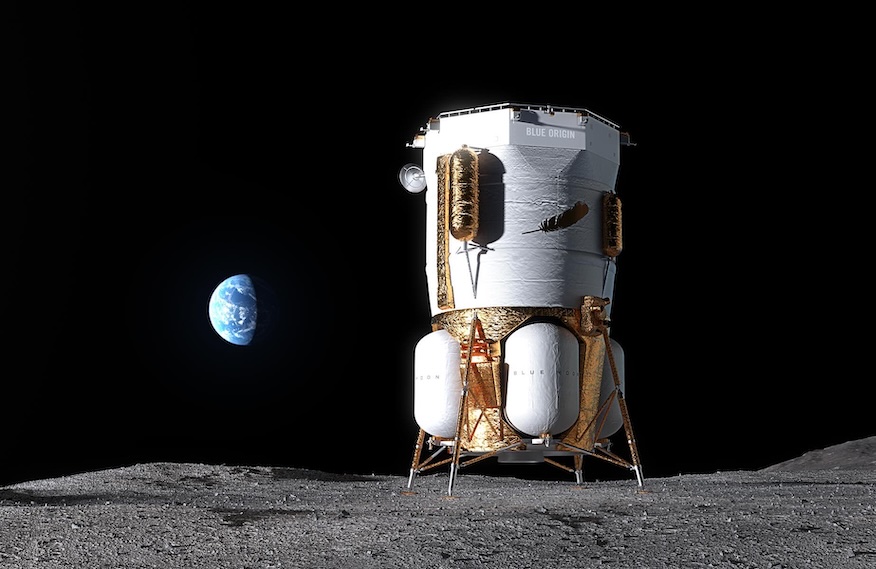
For comparison, SpaceX landed its first booster on Dec. 21, 2015, about 5.5 years after its first flight. The first successful landing on one of its drone ships didn’t come until April 8, 2016. It wouldn’t re-fly one of its boosters until March 30, 2017.
Blue Origin has been making strides in ramping up production for its New Glenn rockets, perhaps most notably with cranking out second stages. The upper stage for the NG-2 mission was test fired at a stand near the launch pad at LC-36 back in April and they did a similar test for the third upper stage in August.
The upper stage of New Glenn is powered by a pair of BE-3U engines, which are fueled by a combination of liquid oxygen and liquid hydrogen. The rocket’s booster uses seven of Blue Origin’s BE-4 engines fueled by a combination of liquid methane and liquid oxygen.
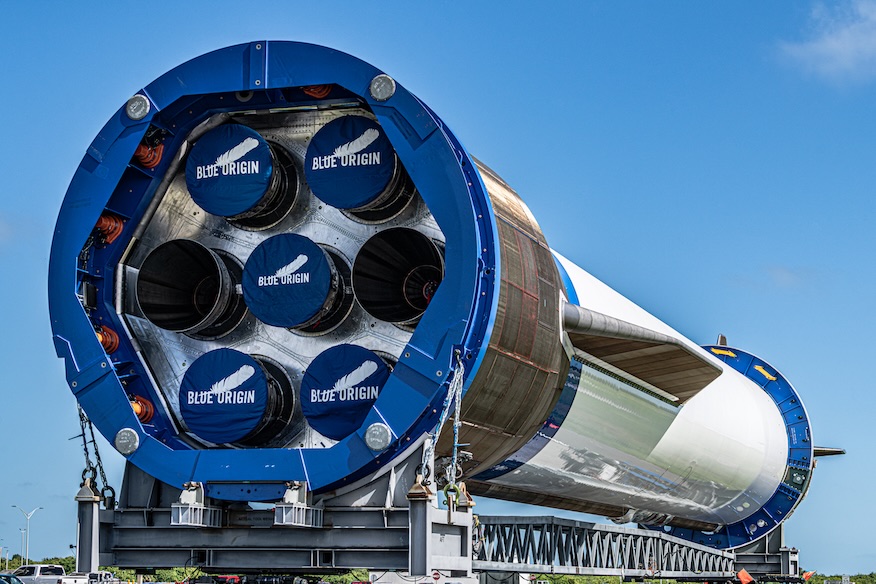

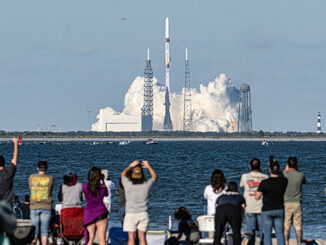

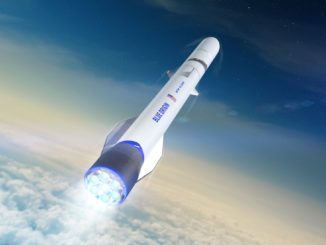
Why move in the middle of a business day. It use to be large moves like this had to occur during off hours to minimize disruption to normal operations on the center/base. Come on Blue, you guys can do your moves at midnight and arrive at the pad in the morning 😉